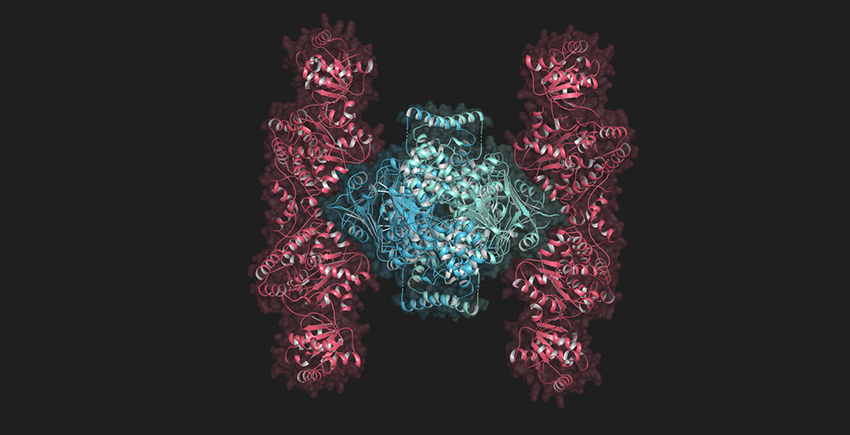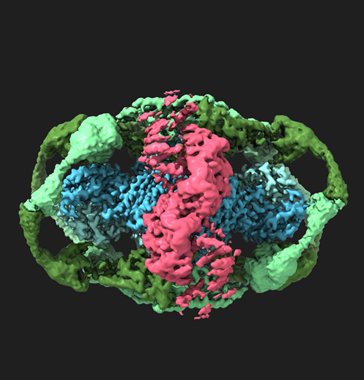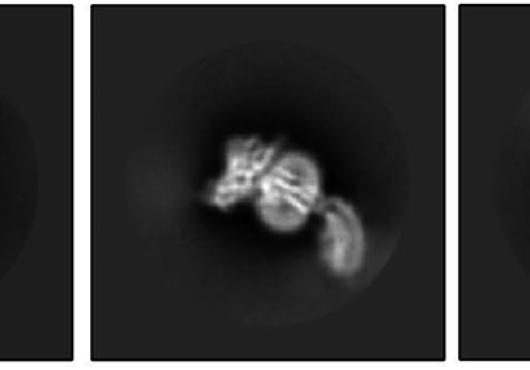
At a glance:
- Researchers uncover structure of a protein complex called Gabija, part of the bacterial defense system against infection.
- Work reveals unexpected strategy in evolutionary one-upmanship between bacteria and bacteria-infecting viruses known as phages.
- Findings could illuminate broader aspects of immunity, including human immune responses to cancer.
If you’ve seen the original Star Wars movie, you might wonder whether the iconic Tie fighter was modeled after the Gabija protein complex, a bacterial defense system.
From a certain angle, they appear to share the same distinctive shape: a deadly center protected by two wings. They also share a purpose: defend the realm.
But the structure of Gabija was revealed only recently. It was solved for the first time by virology doctoral candidate Sadie Antine in the lab of Philip Kranzusch, professor of microbiology at Harvard Medical School and Dana-Farber Cancer Institute.
Their findings are published in Nature.
Understanding how Gabija and other elements of bacterial defense systems look and work — along with the mechanisms that viruses known as phages use to overcome these defenses and infect bacteria — promises to illuminate broader aspects of immunity, including human immunity and immune responses to cancer.
Already, the team has revealed an unexpected strategy that phages might use to neutralize Gabija in the evolutionary arms race between bacteria and phages.
“This is the importance of basic science,” said Kranzusch, senior author of the paper. “We’re learning how cells defend against infection.”
Snapshot of the protein complex
Gabija is one of hundreds of defense systems found in bacteria. It is present in about 15 percent of all bacteria whose genes have been sequenced.
“It’s one of the most prevalent bacterial defense systems,” said Antine, who is first author of the study. “Yet very little was known about how it works or how viruses that infect bacteria can evade the system.”
To learn what Gabija looks like when it is a fully formed molecular machine, also known as a protein complex, Antine used a technique called X-ray crystallography. The process involves coaxing the bacteria to make the protein complex, crystallizing the complex so that it is immobile, and then scattering X-rays off it to get a precise, atomic-level 3D snapshot of the structure.
It was a surprising result that changes the way we think about how phages interact with these defense systems.
Sadie Antine






